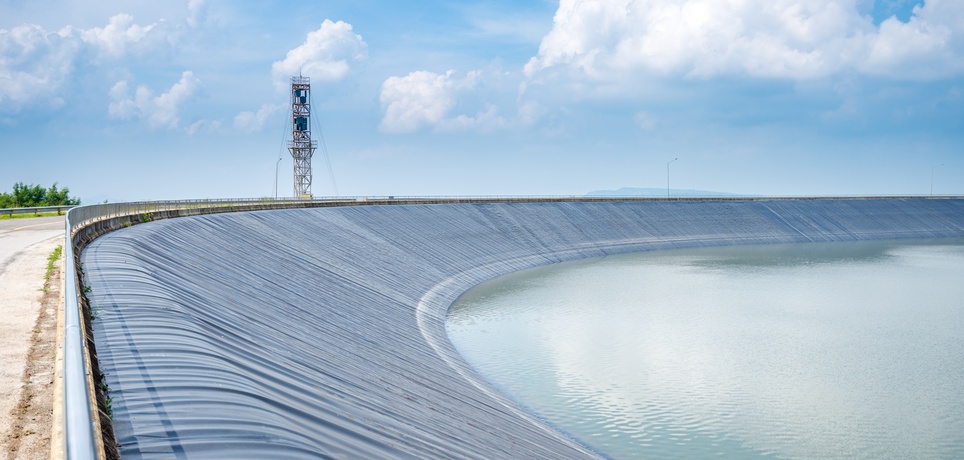Lining a large containment pond, reservoir, or agricultural lake calls for a strategy that fits the scale, terrain, and material requirements of commercial operations. Preformed liners offer fixed shapes and rigid strength, but they often fall short on adapting to irregular shapes or expansive sites. Flexible liners, on the other hand, deliver comprehensive coverage with fewer seams and greater conformity across engineered basins.
Many water districts and construction teams need clear comparisons before selecting a liner type for long-term durability and ease of installation. Understanding how site conditions, repair needs, and budget shape your decision makes a major difference in the success of large-scale water projects.
Compare Installation Methods and Site Requirements
Flexible liners adapt easily to irregular contours, steep banks, and large-surface reservoirs without compromising coverage. Commercial teams often choose prefabricated panels sized for fast deployment across uneven excavation zones. That kind of adaptability saves time, especially when working with crews on strict construction timelines or complex soil profiles.
Preformed liners require carefully leveled excavation and present challenges in large installations where shapes rarely match up with fixed rigid forms. Equipment operators must carve exact recesses, which extends prep time and narrows your margin for error. When choosing between preformed and flexible lake liners, always consider the site shape, slope, and crew capabilities required to install each option successfully.
Evaluate Long-Term Durability and Repair Options
Flexible lake liners resist stress fractures and absorb ground shifts better than hard-molded alternatives. Engineers commonly select reinforced synthetic materials for their tear resistance and long-term chemical stability. Routine inspection teams also prefer flexible sheets because repairs typically involve patching specific areas rather than removing entire units.
Once a preformed liner cracks or shifts due to soil movement or impact, a full replacement becomes more likely than a repair. Large crews must excavate the entire section and re-pour or reset the structure, costing time and money.
When choosing between preformed and flexible lake liners, take into account how frequently repairs might occur and whether quick field patches or full tear-outs align with your maintenance strategy.
Assess Project Cost and Customization Potential
Flexible liners reduce overall installation costs by arriving in prefabricated rolls or panels matched to your site specifications. That kind of customization eliminates wasted material, simplifies placement, and reduces on-site labor hours. Delivery crews also avoid oversized freight complications since rolled liners pack more efficiently than rigid containers.
Preformed liners often bring higher material waste, longer excavation prep, and higher shipping fees due to shape and size restrictions. Rigid containers cannot adapt to custom depths or sloping bottoms without extensive modifications. At Western Environmental Liner, we offer lake liners for sale to help construction teams, municipalities, and water districts simplify their installation while sticking to tight project budgets.
Consider Environmental Impact and Regulatory Fit
Flexible liners offer better overlap along shoreline transitions, which helps prevent seepage and allows for a natural edge that wildlife and plant life can access. Engineers also appreciate the ability to shape around built-in inflow and outflow channels without cutting or sealing rigid forms. Water districts often meet state and federal compliance standards more easily by using seamless synthetic liners built for groundwater protection.
Preformed liners limit edge flexibility and often interfere with restoration or vegetation plans because their shape restricts how you build natural-looking waterlines. Compliance inspectors may also require sealing gaps or reshaping portions of the project to reduce seepage risk. Choosing a liner that meets both technical and environmental benchmarks often avoids costly rework and streamlines inspection approval.


